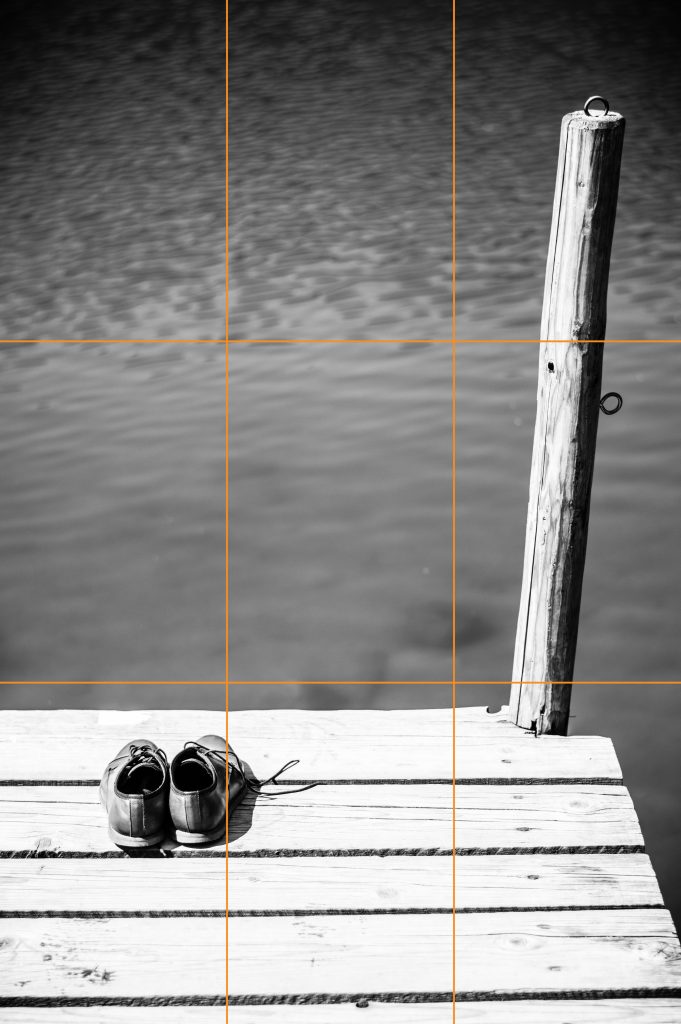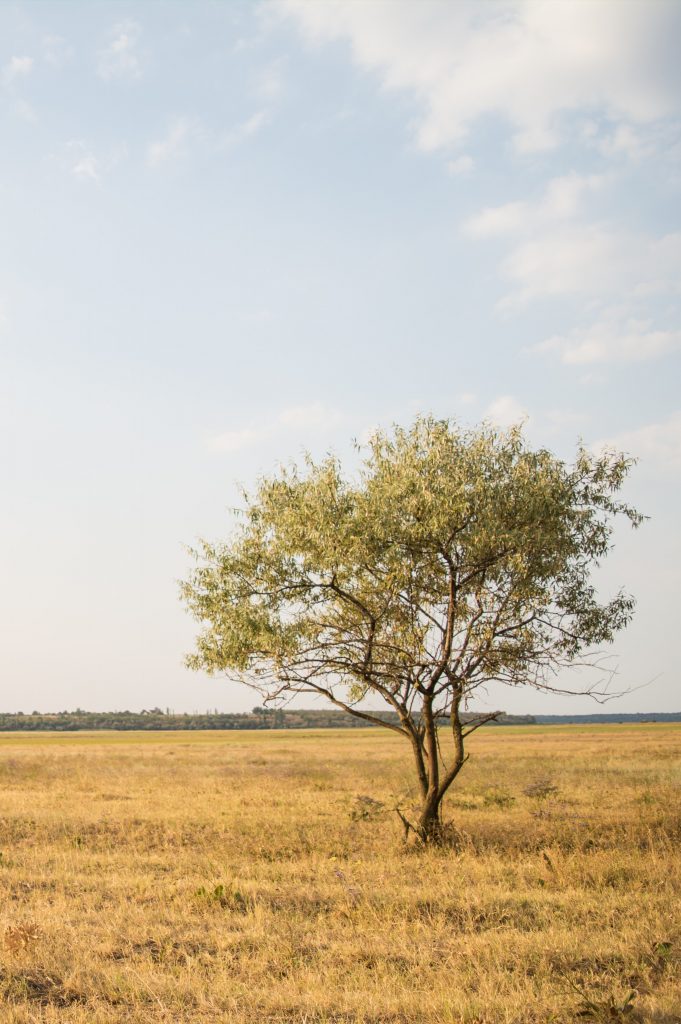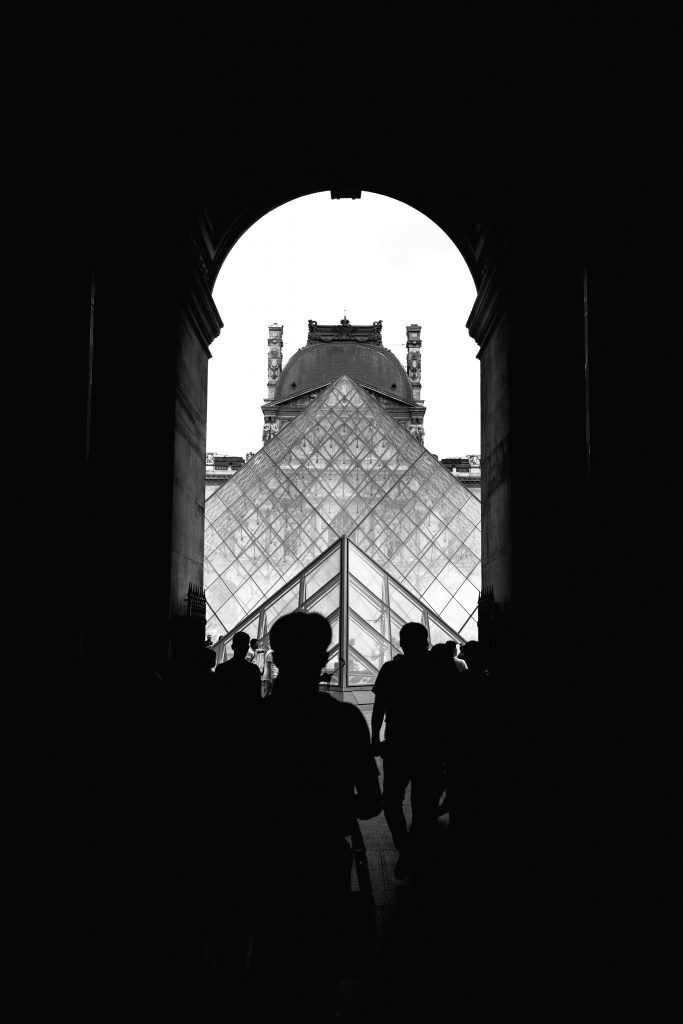The Basics of Composition
In photography, the composition of a shot means everything. Composition is the placement and arrangement of elements in your shot, the way to execute this depends on what you’re shooting. You may be able to move your subject around, change your settings/equipment, or reposition yourself. Keep reading to find out the basics of composition, and some of the best guidelines and practices for capturing interesting and beautiful images. Although the below are rules, remember rules can be broken.
Rule of Thirds
This is one you must have heard of. Rule of thirds is one of the most popular composition techniques to capture your images. Capturing imagery using this guideline will make for well-balanced and visually interesting images. The theory behind this rule is that balancing your shot with rule of thirds allows the viewer of the image to interact with the shot naturally. Rule of thirds is the principle of breaking your image into thirds, horizontally and vertically. With this is in mind shoot to fill a third, or two thirds of the shot. This is a great chance to play with negative space to make your subject truly stand out.


Leading Lines
Leading lines is another basic principle you probably have heard of before. These are the lines in your shot that direct the viewers eye across the image, usually to the intended focal point. These lines can be just about anything, from rivers, fences, clouds or architecture. Compose your shot to have these lines extend across the image. Leading lines create an easy path for the eye to follow through different elements of a photo.



The Horizon Line
Another rule of composition has everything to do with the horizon. The horizon is a singular dominant line that is in your shot connecting where earth meets the sky. The horizon line can act as a focal point or help to tie the image altogether, this is where the best practices come in. Rule of thirds and your horizon can work with each other hand in hand. Remember when we divided shots into three parts horizontally? Use these lines as a guide to where your horizon should be. Putting the horizon higher will focus attention onto the land, and a low horizon will put emphasis onto the sky. A center framing of the horizon can divide the shot into two. Whilst this can be an interesting concept this can be difficult for the eye to follow and understand. For best balanced images a high or low horizon is key.



Fill the Frame
The idea of filling the frame is to make your subject a significant part (or the entirety) of your shot. Get up close and personal to your subject and look for features to highlight and emphasize. Filling the frame is all about capturing positive space, and including details that will value the final image. Filling the frame can be done in many ways: you can move yourself closer to the subject, or wait for your subject to come closer to you. Alternatively you could use a longer focal length, or crop and fill your frame in post processing.



Frame Within a Frame
Using a frame within a frame is a great way to highlight your subject in a unique way. This compositional technique can add depth, context and create a strong focal point. There are many ways to use this technique, you can either foreground or background frame. Foreground framing is most commonly practices. Find the subject you wish to capture and use a shape within the foreground that frames your subject well. Ensure you focus on your subject and the frame is out of your depth of field. Background framing is using the background to help your subject stand out. This may be in forms of symmetry and architecture around your subject.



